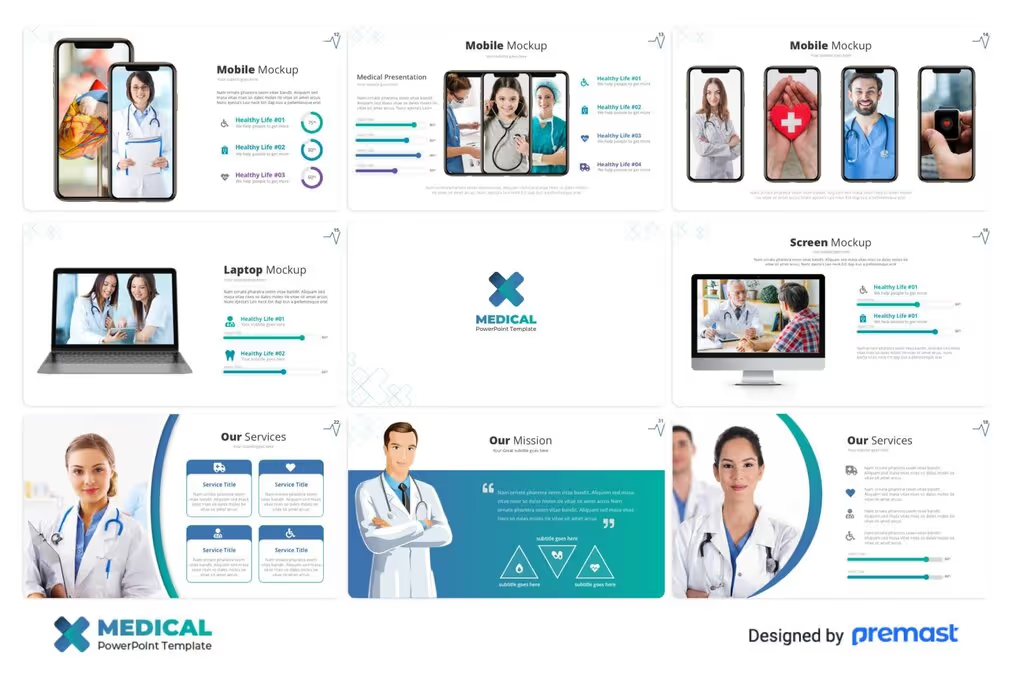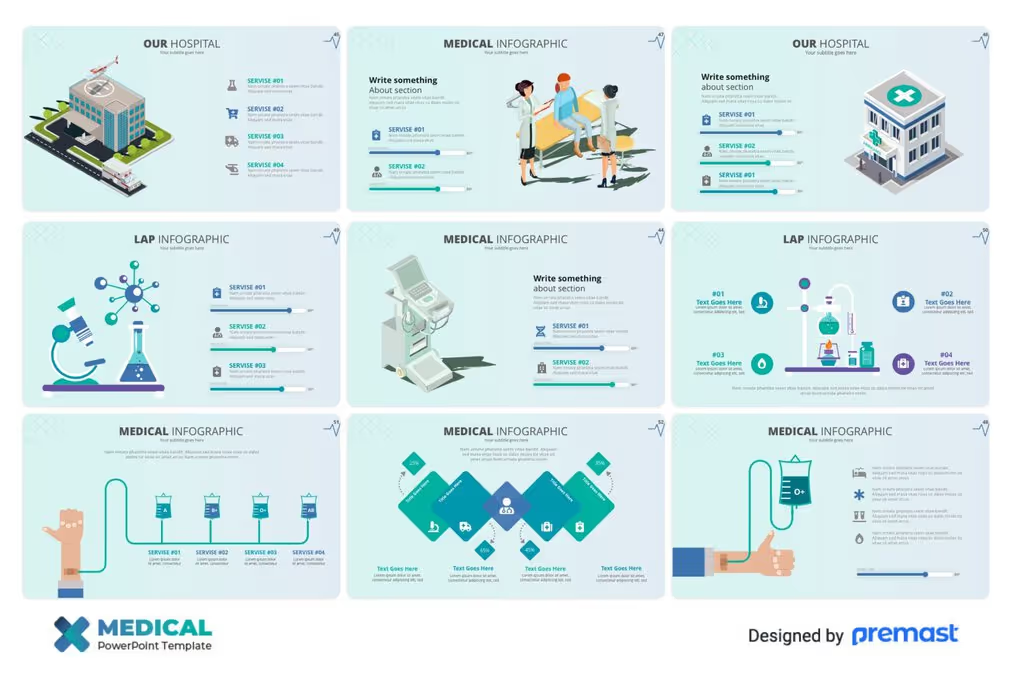From Web2 to Web3: How Web3 in Web Design Is Redefining Online Ownership
See how web3 in web design blends blockchain, wallets, and UX to create secure, decentralized, user-first digital experiences.

Working in the medical field will make you spend a lot of time with patients, drugs, or lab equipment. However, once in a while, you still have to present a medical presentation. This presentation can be related to your patient, research, or educating the public about health care. When the time is coming for you to advance your medical career, you must be ready to make a medical presentation that will amaze the audience.
Before you occupy your mind with anxiety and confusion, you can start preparing yourself. At least, you have to know when you usually have to make the presentation. You also have to know what kind of audience you will have to face. That way, you can customize the content based on your audience. Too many medical terms would certainly not be suitable for a non-medical audience, right?
Here are the most common occasions and types of medical presentations:
To avoid confusion in understanding a medical presentation, you cannot only depend on your presentation delivery skill. Having the presentation design right is also the key to creating an engaging and effective presentation. Save your time in making unnecessary presentation design by following this rule.
Medical discussion is quite difficult and heavy. Restrain yourself from overburdening your audience by giving a stifling presentation. You may be tempted by over flowering presentation design that looks good at a glance. You may also be tempted to pour all your knowledge and ideas that caused you to create overcrowded slides. Unfortunately, you have to hold yourself to do so. These are all things you should avoid doing.

The basic rule in creating a medical presentation is to be simple, whether the design or the content. Although you want to apply some decorative elements, like illustrations, textures, and patterns, keep in mind to use them as minimally as possible. It will be best when you keep your presentation slide clean. This way, your audience can focus more on the explanation you provide.
Psychologically, we often associate a color with certain feelings or emotions. That is why using bright color schemes becomes the usual way to make the presentation more attractive. However, this concept is not suitable to apply to a medical presentation. It is better to avoid bright and loud color combinations. So, what color choice to use for medical-related presentation is best?
Blue is the primary color you will find in most presentations for medical-related content. This color is associated with reliability and trust, the very values that all medical and health centers must have. And for additional information, every shade carries different vibes and meanings. So, you cannot generalize the color used for every occasion and presentation.

Lighter blue shades have a gentle vibe. Thus, it is perfect for pediatric care-related presentations. Darker blue shades have more weight and impact. It is suitable for general medical care. Special medical treatment presentations usually apply some more specific and different other than blue, but only applied in some parts of the slides. For example, the red color is used by a hematologist. Except for this, you better avoid using red since it tends to associate with aggressive feelings.
Gray and black are the best choice to complement the presentation design as the secondary color choice. Use black to convey certainty and authority. You only have to know when to use it with the right intensity. Meanwhile, gray has a neutral vibe that is great for balancing the look of your presentation.
The material for discussing medical presentations is already heavy. Cramming too much information with dense text in one slide is not the answer. It is far from the simple concept we want to have. It will be good to provide short text on every slide to give space and time for the audience to digest all the information. Besides, the overcrowded slides with dense text are not friendly to your audience’s eyes.
You also can divide the presentation into several sections. It is perfect for a very long and dense presentation. If you really want to provide more detailed and complete information, you can complete your presentation with printed handouts distributed to the audience. Provide only key messages on the slides. Then, confirm them with your verbal explanation to expand the discussion. Remember, your presentation is not a medical document to read.
What a boring presentation you have when no graphs are included. Graphics are not just visual aid that makes your medical presentation more eye-opening. More than that, graphics and other visual data displays can provide additional information that is clearer than text. You can create the graphic data or image you need for more accurate results. Make sure that they have high-quality and high contrast.

For your and your audience’s convenience in enjoying the presentation, searching online can be an option. It is easier to find. The images and graphics quality are way better, too. Using them will prevent you from presenting images, graphics, or other visual data that can confuse and overwhelm the audience.
Although it will not be as often as in a business-like company, a presentation in the medical field has its own challenge. Preparing a medical presentation template in advance will make it easier for you to make the presentation you need when the time comes. You can always get a ready-to-use template or ask a professional to create one. You only have to confirm the template you get is what you really need.